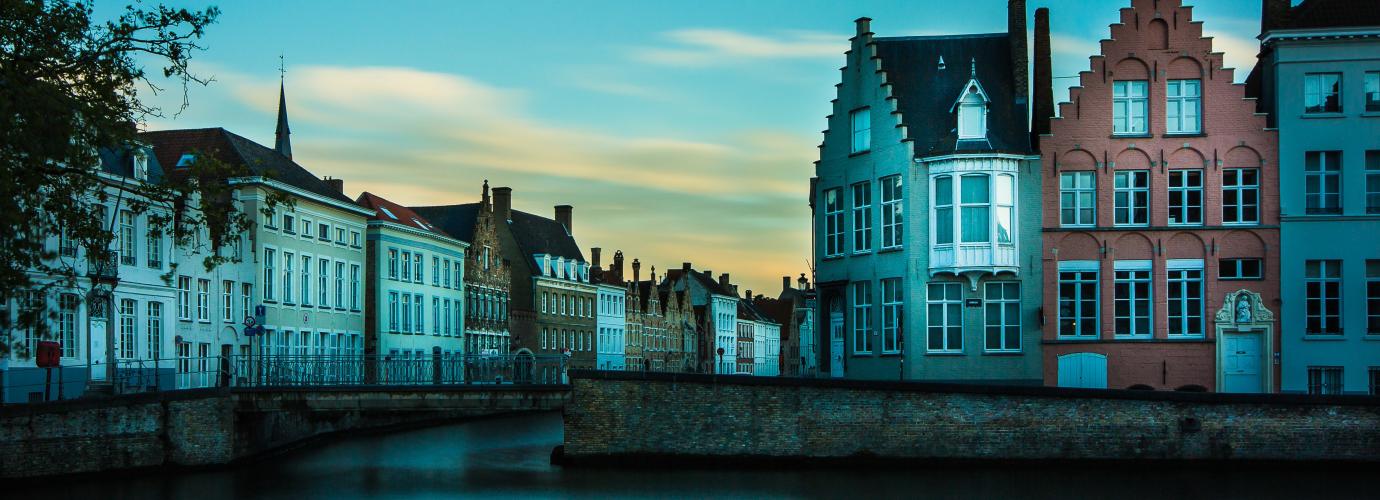The structure of secondary education
Mainstream secondary education is subdivided in three grades of each two (or three) years.
For pupils with special educational needs an offer in special needs educations has been developed. This offer is discussed under ‘educational support and guidance’ (see 12.3), in addition to special needs policy in mainstream education (see 12.1 and 12.3).
First stage
The first stage in secondary education exists of a general basic programme: the A-stream. This stage is not subdivided in various types of secondary education. There is also an offer for pupils who enter secondary education without having obtained the certificate of primary education or for pupils who are less apt at theoretical education: the B-stream. When successfully finishing the first grade of the B-stream pupils can move to the first grade of the A-stream or they can continue with a pre-vocational second grade.
The first grade is further discussed in chapters 6.1 to 6.3.
Second and third stage
The second and third stage offer a choice between four types of secondary education:
- general Secondary Education (gse)
- secondary education in the arts (sea)
- technical Secondary Education (tse)
- vocational Secondary Education (vse)
gse/sea/tse primarily prepare for moving on to higher education, while vse is aimed at the execution of a profession. In the third stage of vocational education it is possible to comply with compulsory education by means of the alternance training system with a fulltime engagement but only part-time compulsory education (see 6.7).
In the third stage it is also possible to take a 3rd year, the 7th school year:
- in vse a 7th year is necessary in order to be granted a certificate of secondary education
- gse and sea offer a preparatory year for higher education
- in tse and sea there are specialization years: the Se-n-Se programmes (secondary-after-Secondary)
The second and third stage in gse/tse/sea are further discussed in chapters 6.4 to 6.6.
Vocational secondary education is further discussed in chapters 6.7 to 6.9.
Se-n-Se is further discussed in chapters 6.10 to 6.12.
Reception education
Mainstream secondary education comprises a reception year for non-Dutch speaking newcomers. This year focuses primarily on acquisition of the Dutch language to prepare non-Dutch speakers who arrive in Belgium (Flemish speaking community) for moving on to regular education.
The structure of secondary education in a school or school community
A school organises one or more stages. Offering only the second or third grade or only the first and third grade is not allowed since it is the intention to allow a pupil as much as possible to pass through an entire secondary study pathway in a school.
Schools are free to organize themselves in a school community. One of the goals of a school community is the organisation by the participating schools of a common offer which is valuable and diversified in the interest of the options of the pupils. A school community must therefore have a multi-sectorial study offer. This implies that at least 6 school year levels must be present (exclusive the third school years of the third stage) as well as the types of secondary education gse, vse and tse.
Legal framework
The main laws and parliamentary acts on mainstream and special needs secondary education are grouped together in the Codex of Secondary Education.
The Alternance Training System has been determined in a parliamentary act on the topic in question (10 July 2008).

